 Shutterstock
Shutterstock
Dogs have remarkable sensory abilities, and one of the most fascinating is their talent for sensing weather changes. If you’ve ever noticed your dog acting strangely before a storm or getting anxious out of the blue, they might be picking up on environmental shifts humans can’t detect. With heightened senses and ingrained instincts, dogs can act as our little meteorologists, predicting everything from thunderstorms to subtle temperature drops. Their natural awareness makes them experts at reading the atmosphere long before we realize a change is coming.
Sensitive Snouts to Sniff Out Changes
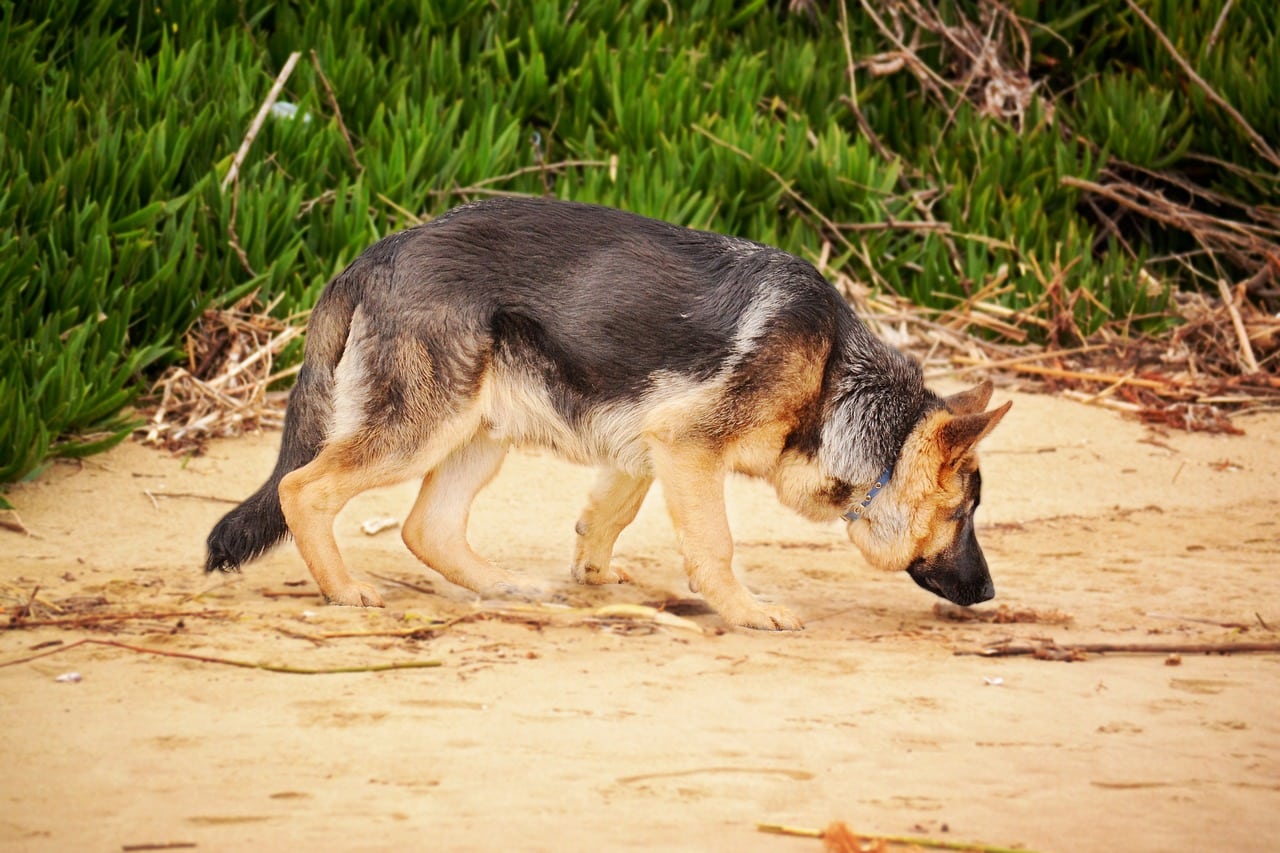 Shutterstock
Shutterstock
Dogs’ sense of smell is around 10,000 to 100,000 times more acute than ours, making them highly sensitive to changes in the environment. This extraordinary olfactory ability allows dogs to detect shifts in barometric pressure, humidity, or even chemical changes in the air before a storm. Dogs may pick up on the scent of rain or the ozone released during a lightning strike, warning them of impending weather changes. So, if your pup starts sniffing the air frantically or acts alert for no apparent reason, it may be sensing an approaching storm or a pressure drop.
Paws That Feel Pressure
 Shutterstock
Shutterstock
Dogs’ paws are incredibly sensitive and can detect subtle vibrations and changes in atmospheric pressure. As barometric pressure drops before a storm, your dog may feel the shift through their paws. This sensation can make them restless or anxious, as they sense something unusual in their environment. Dogs may start pacing, pawing at the ground, or even seeking comfort from their human companions. Their heightened sensitivity to pressure changes allows them to prepare for incoming storms, even when the sky looks clear. So, when your dog starts acting weirdly, it could be their paws telling them a storm is brewing.
Ears Tuning Into Thunder from Afar
 Shutterstock
Shutterstock
Dogs have exceptional hearing and can detect sounds from far greater distances than humans. They can hear the low rumble of thunder long before it reaches human ears, causing them to become nervous or hyper-alert. High-frequency sounds, like the hum of a distant lightning strike or the electrical activity in the atmosphere, can also be picked up by a dog’s sensitive ears. If your dog starts perking up or acting anxious while you’re still enjoying sunny skies, they might be hearing the early signs of a storm, warning you of impending weather changes before they become obvious.
Smelling Changes in Ozone
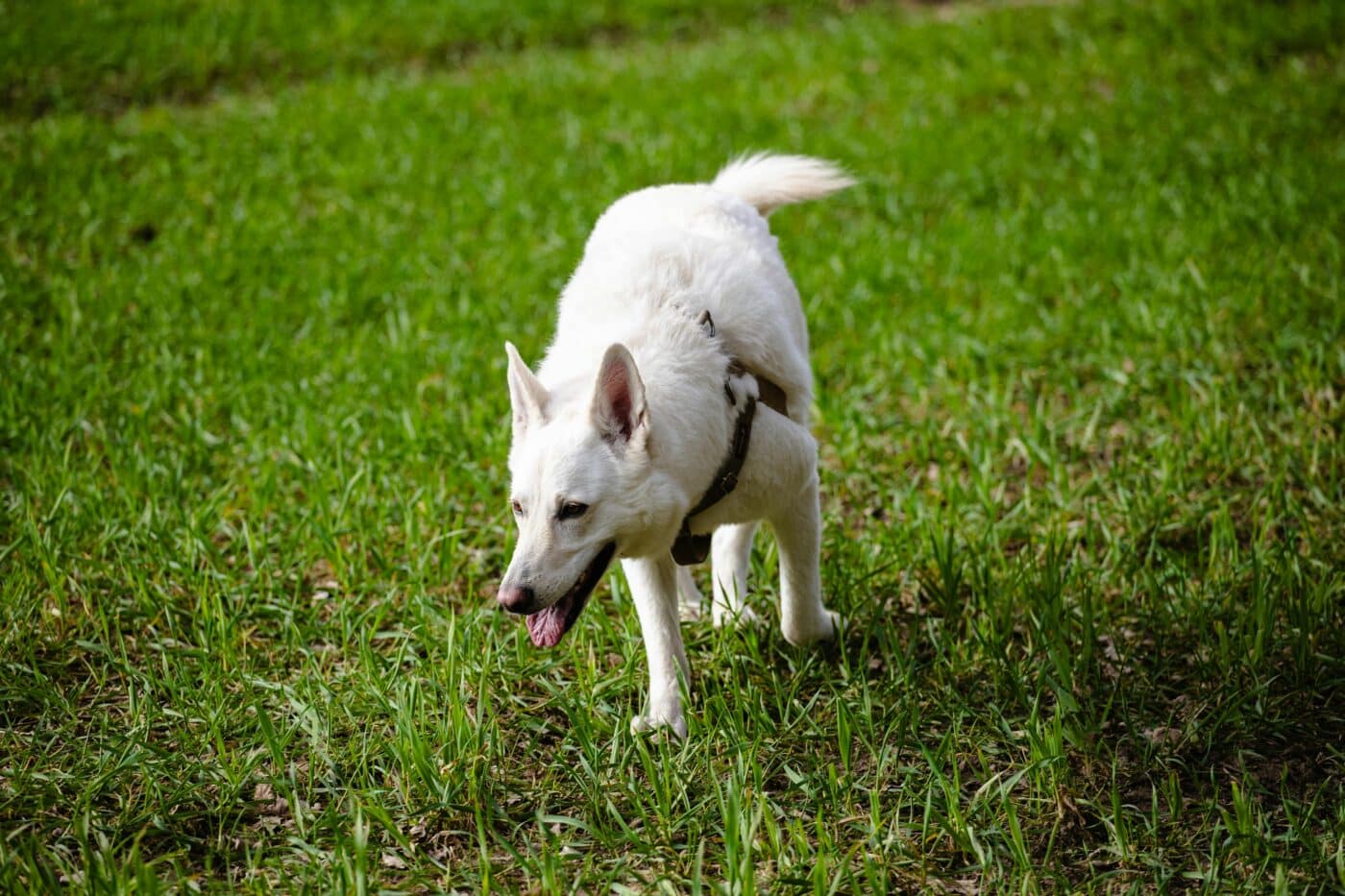 Shutterstock
Shutterstock
Ozone, the gas that gives the air a distinctive “clean” smell before a storm, is something dogs can pick up on long before humans notice. The heightened olfactory senses of dogs allow them to smell the increase in ozone levels, often leading to behaviors like alertness or anxiety as a storm approaches. This ability to smell changes in the atmosphere can make dogs sensitive to incoming rain or thunderstorms. If you notice your dog sniffing the air more than usual or acting on edge, it might be their way of telling you to grab an umbrella because weather changes are on the way.
Hair That Stands on End
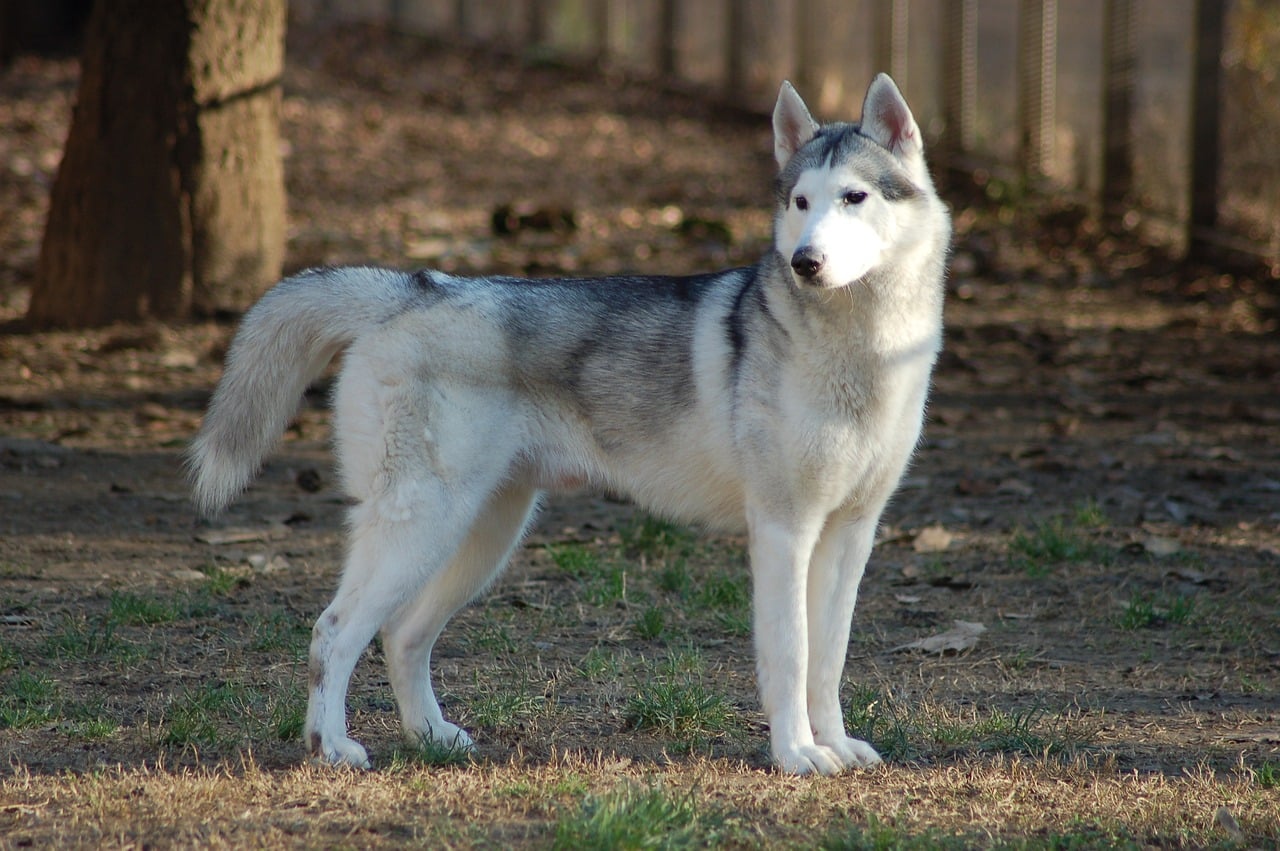 Shutterstock
Shutterstock
Dogs can sense electrical changes in the air that occur before a thunderstorm, which can make the fur on their body stand on end. Much like humans who experience static electricity, dogs can feel the atmospheric shifts through their skin, causing discomfort or anxiety. This may lead to behaviors like shivering, panting, or seeking shelter under a bed or in a dark room. The charged air can be unsettling for them, and their body language may indicate that they’re bracing for what’s to come. So, if your dog looks puffed up or uneasy, they might be responding to the electrical activity in the air.
Reacting to Temperature Changes
 Shutterstock
Shutterstock
Dogs are highly attuned to shifts in temperature, and they can sense when a heatwave or cold front is coming. Their bodies can detect even small changes in air temperature, leading them to adjust their behavior. Dogs may seek out cooler areas of the house if they sense rising heat or start to burrow in blankets if they feel a cold snap approaching. This sensitivity to temperature helps dogs prepare for the changing weather, whether it’s by conserving energy or finding a more comfortable spot to relax. If your dog starts acting like a weather thermometer, trust that they know something is up.
Behavior Before Rain
 Shutterstock
Shutterstock
If your dog becomes restless, anxious, or clingy before it starts raining, they might be sensing the weather shift. Dogs can detect changes in humidity and the scent of wet earth long before the first raindrop falls. You may notice your dog whining, scratching at the door, or following you around more than usual. These behaviors can indicate that they’re picking up on the environmental cues that signal incoming rain. While humans might wait for the weather forecast, dogs seem to have their way of predicting rain, making them our personal, albeit furry, meteorologists.
Thunderstorm Anxiety
 Shutterstock
Shutterstock
One of the most noticeable ways dogs react to weather changes is through thunderstorm anxiety. Dogs that fear storms may start showing signs of distress long before the storm hits, often because they can hear or feel the thunder from far away. Dogs with storm anxiety might shake, whine, hide, or try to escape their surroundings. This reaction is a clear indicator that they are sensing the storm before we do. Thunderstorm anxiety can be managed with calming techniques, but it’s a testament to how acutely dogs sense and respond to changes in the weather.
Wind Whispers They Can Hear
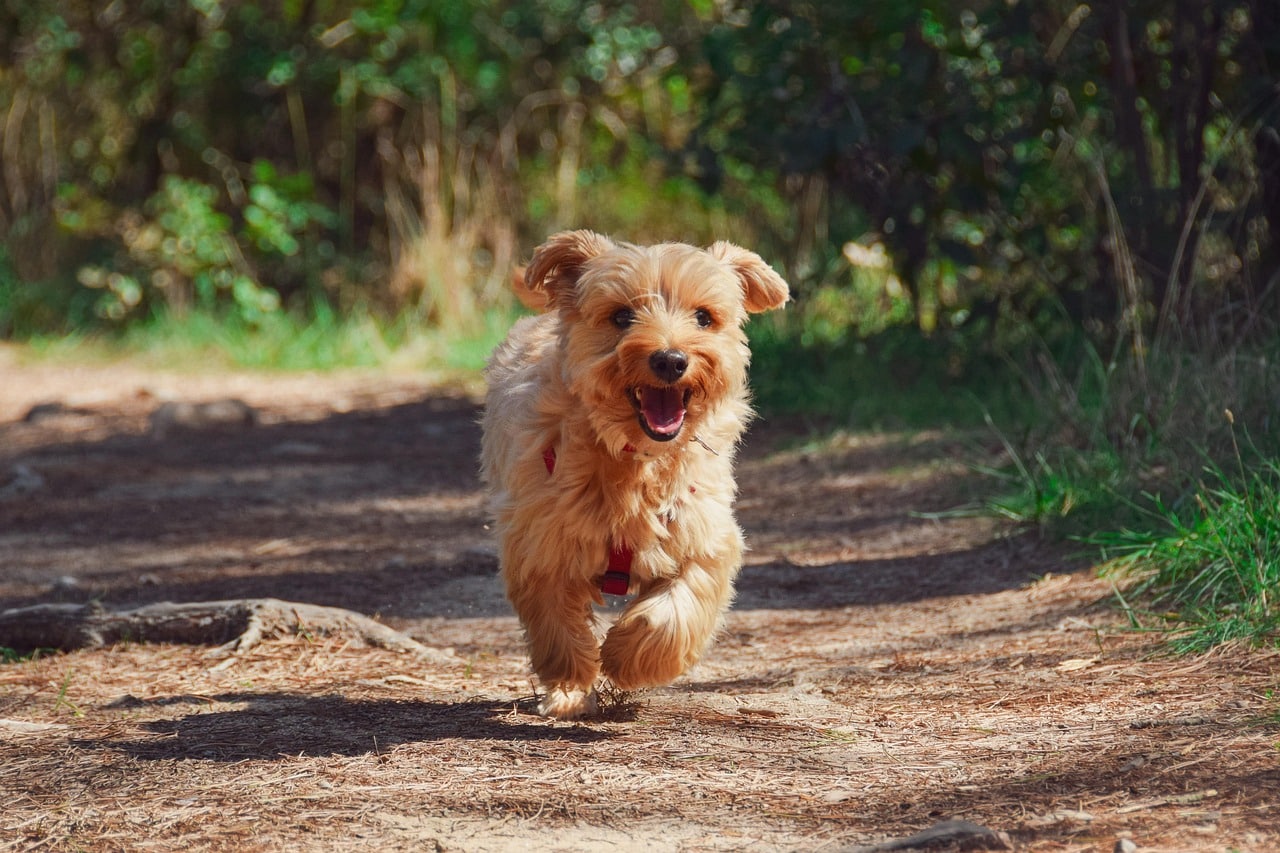 Shutterstock
Shutterstock
Dogs can hear the rustling of leaves, the whistling of the wind, and even the subtle creaking of trees as a storm approaches. This heightened auditory sense makes them hyper-aware of shifts in wind patterns that signal incoming weather changes. The sound of wind, even if it’s far away, can make a dog feel uneasy, prompting behaviors like pacing or barking. Their awareness of wind changes is especially useful for alerting humans to weather shifts, even if it’s just your dog staring suspiciously out the window as a gust picks up.
Animal Instincts
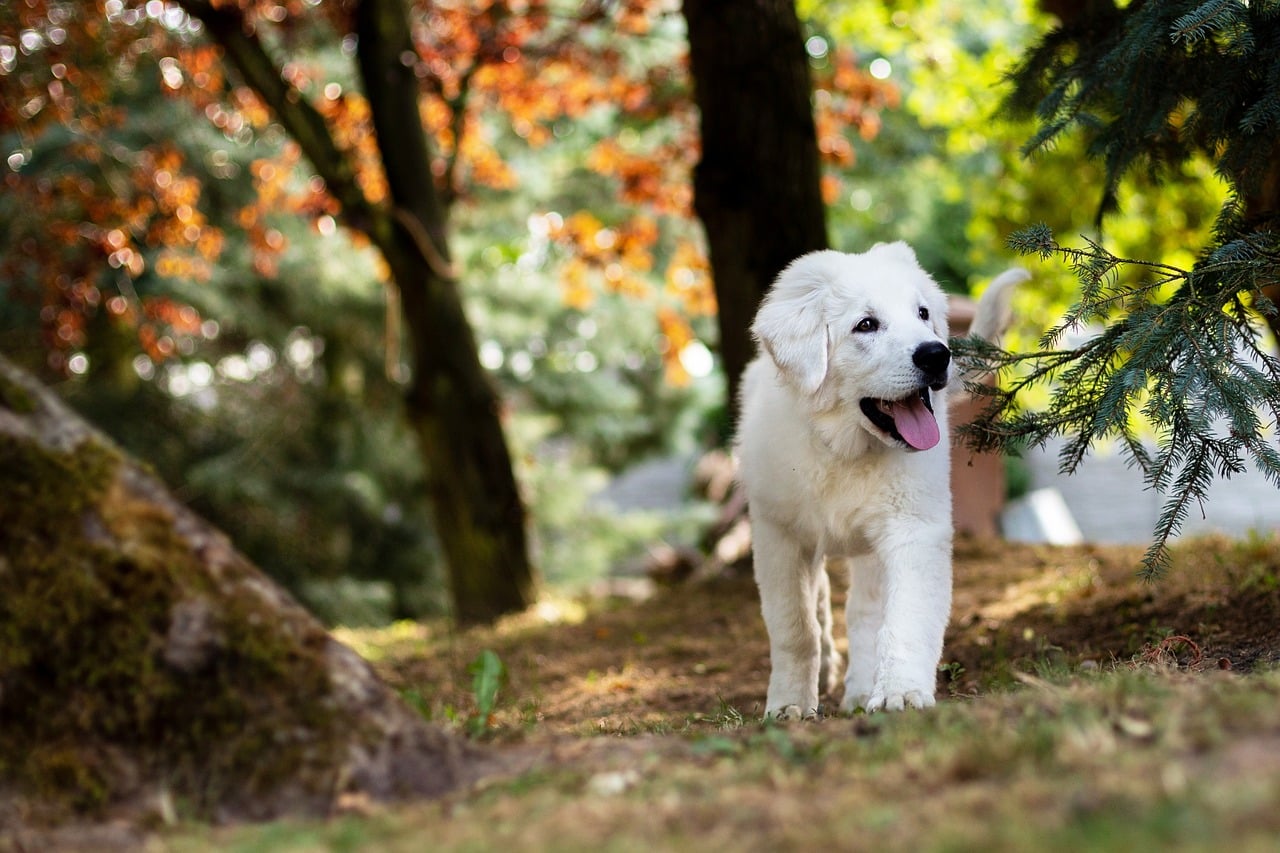 Shutterstock
Shutterstock
Dogs still have many of the instincts of their wild ancestors, who relied on sensing weather changes to survive. These instincts help dogs detect approaching weather phenomena and adjust their behavior accordingly. For instance, some dogs might instinctively seek shelter, while others may become more protective or agitated. Their ability to sense these changes is a survival trait passed down through generations, and it’s fascinating to observe how those instincts come into play, even in a domestic setting. Dogs’ natural awareness of the environment makes them incredible weather-sensing companions.
A Change in Routine
 Shutterstock
Shutterstock
Dogs are creatures of habit, and when the weather changes, it can throw off their routine, making them more perceptive. For example, they might notice that the light has shifted or that the air smells different, triggering a response even before the rain or storm arrives. Dogs may act confused or anxious when their usual environment feels different, and this change in routine can heighten their awareness of impending weather. If your dog suddenly seems uneasy without a clear reason, they could be picking up on the subtle environmental cues of an approaching weather shift.
Weather Anxiety and Comfort Seeking
 Shutterstock
Shutterstock
Many dogs experience anxiety when they sense drastic weather changes, often seeking comfort from their human companions. They may climb into your lap, try to hide, or follow you closely around the house, looking for reassurance. This behavior is a sign that they are aware of environmental shifts and are seeking safety. Comfort-seeking dogs remind us that, while they may have an incredible sense of weather, they still rely on us for security. Giving them a safe, cozy space to wait out the storm can make a world of difference for your sensitive furry friend.
The Forecast According to Fido
 Shutterstock
Shutterstock
Dogs are like walking weather stations, equipped with sensitive noses, ears, and paws that detect the world’s most subtle changes. From sniffing ozone before a storm to hearing distant thunder, their instincts and sensory abilities are impressive. While they can’t give us a detailed forecast, their behavior offers plenty of clues about incoming weather. So, when your pup starts acting oddly, take note—your furry friend might just be alerting you to what’s coming, proving that their natural awareness is more accurate than we often realize.

 1 week ago
8
1 week ago
8
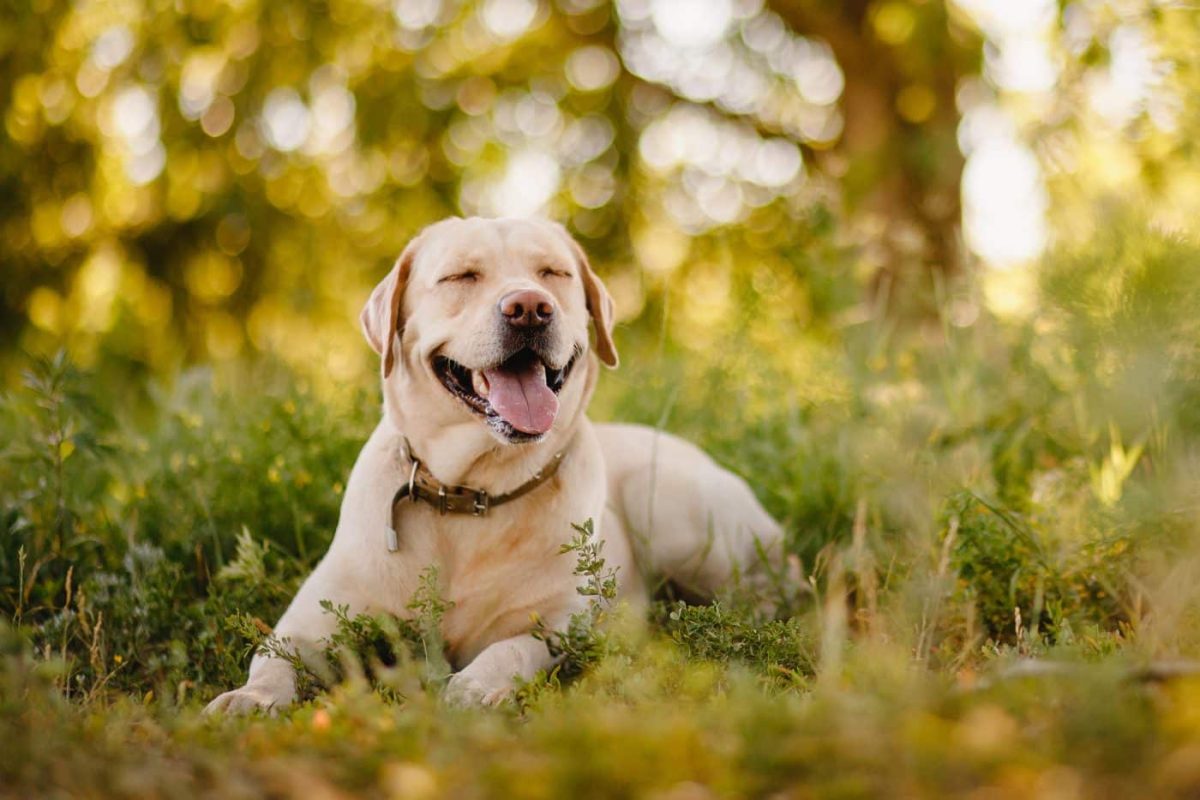


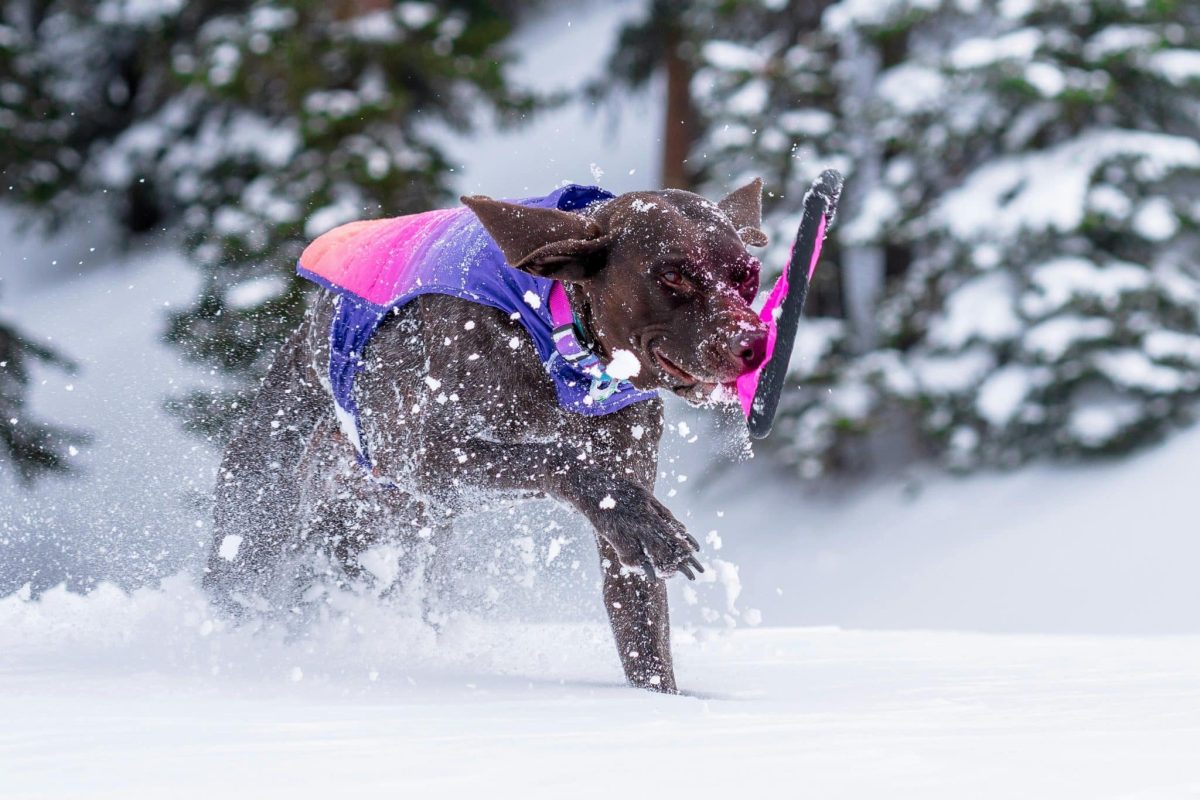







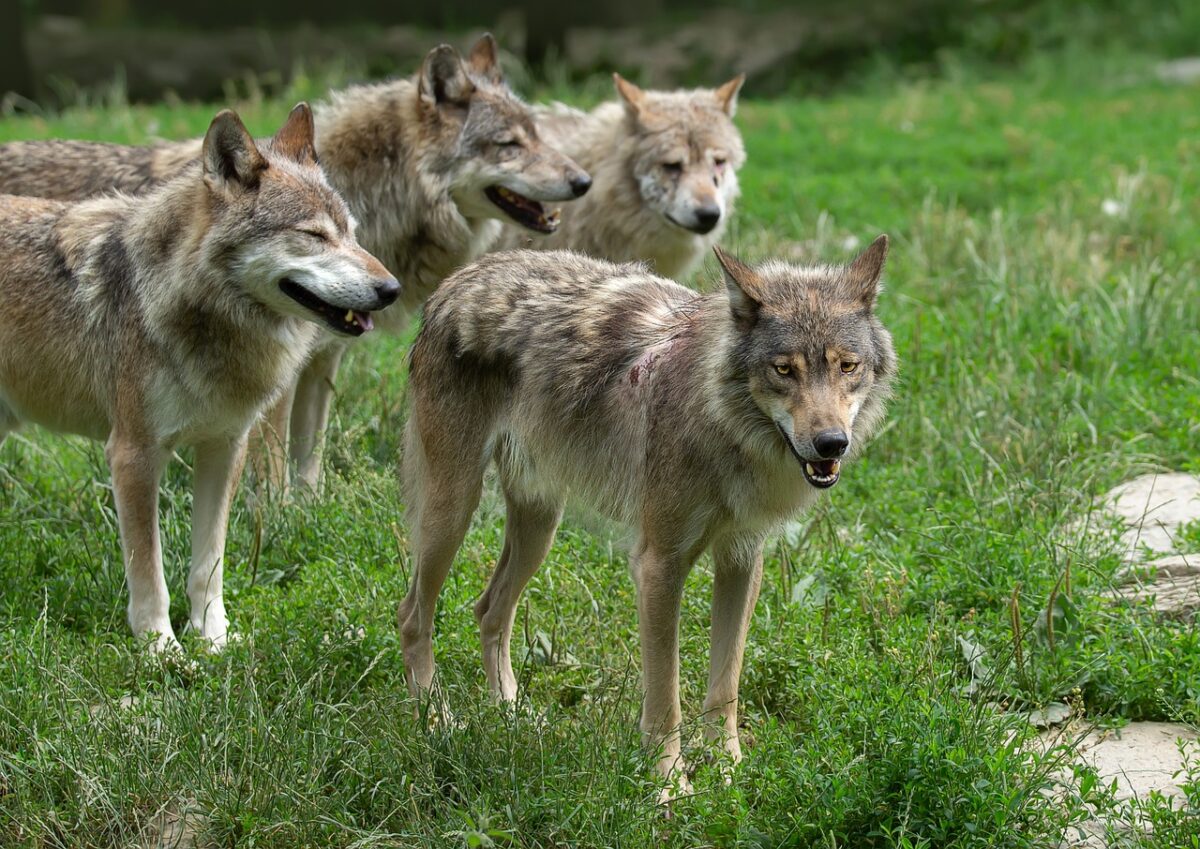
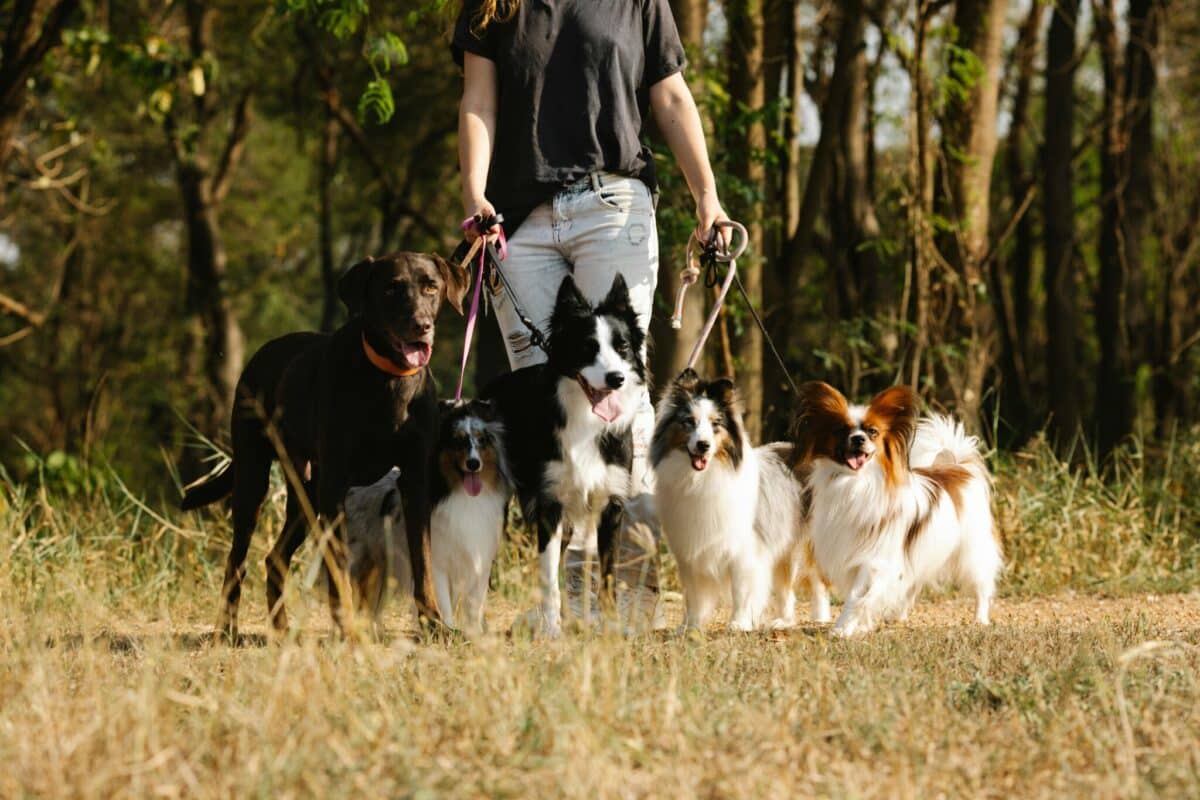





 English (US) ·
English (US) ·